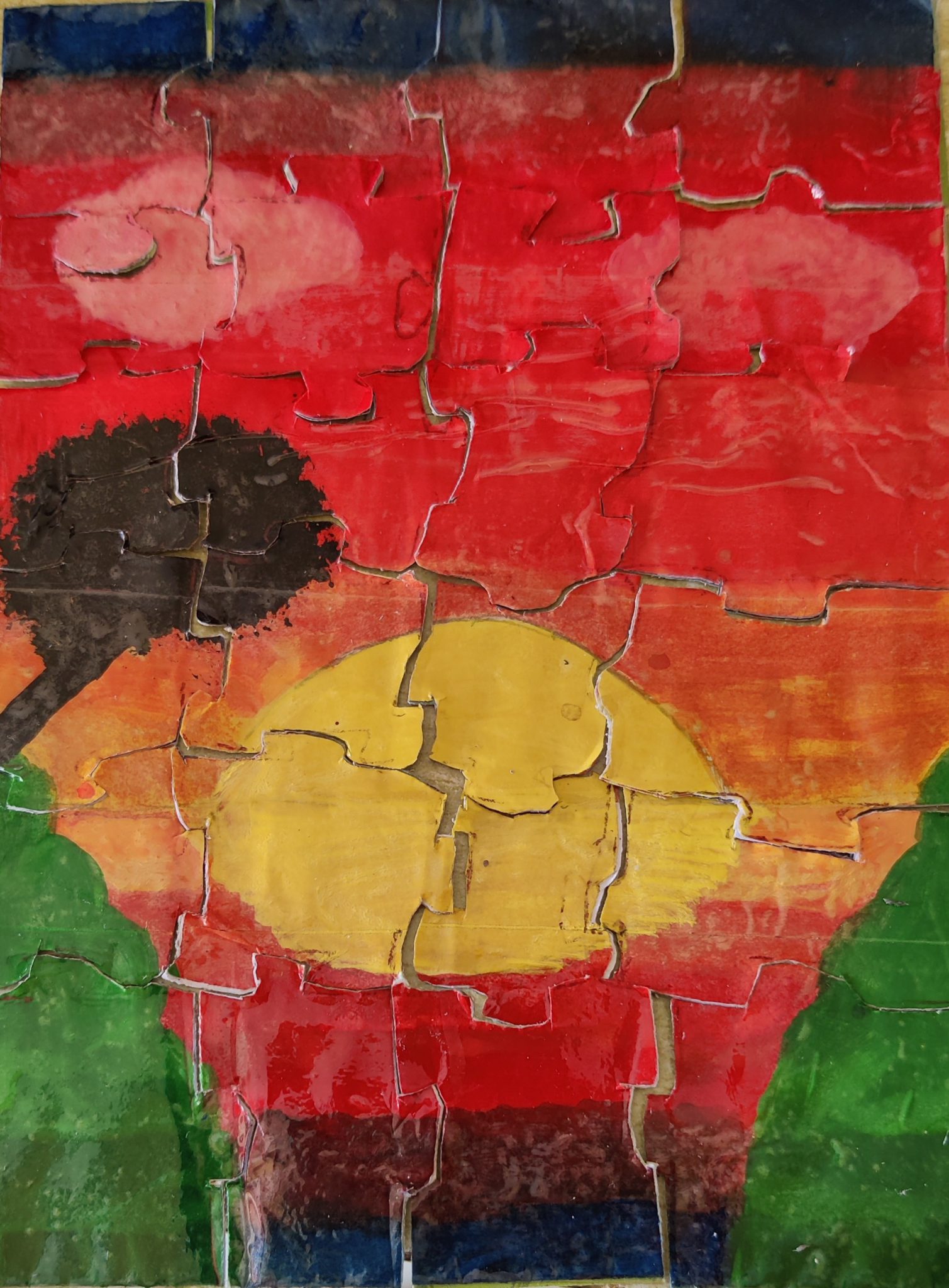One Nation, One election – Way forward


All of us must have heard about Modiji’s idea of “One Nation, One Election”. At any given point we see some or other election happening at some place or other. In a way the political parities, government, security forces, officials are in a continuous election mode. This electoral model has only downsides, I don’t see any positive side of such kind of an electoral model.
To list some of the downsides:
Hence, In my view, Modiji’s idea is absolutely right where he wants to hold all elections (of Centre, state and local bodies) in one go, on a single day. But many political parties (especially the regional parties)are skeptical. They fear that, if all elections are held at the same time, the local issues, national issues, panchayat level issues will get mixed up. For e.g., a MLA who would be contesting elections on some local issue may lose/his vote if the voter votes to other party on some national issue and vice versa. The reason of their skepticism is also valid.
Due to above reason I would propose the following: what we go for is:
“ONE NATION, TWO ELECTIONS“
Let me eleborate what I mean:
I don’t foresee any kind of complexity/ambiguity in constitution due to change in any of the above articles.
Yes, it could so happen that some State Legislatures, Panchayats, Municipalities may not have lasted the full term immediately after the Amendment comes in to force. However, I feel all parties can be convinced for this as it will be an one time inconvenience. No change will happen to the election schedule of the Union government though.
I have no doubt such a reform will usher a big change in governance.
If One Nation, Once election cannot be achieved, lets strive for One Nation, two elections.
DISCLAIMER: The author is solely responsible for the views expressed in this article. The author carries the responsibility for citing and/or licensing of images utilized within the text.
